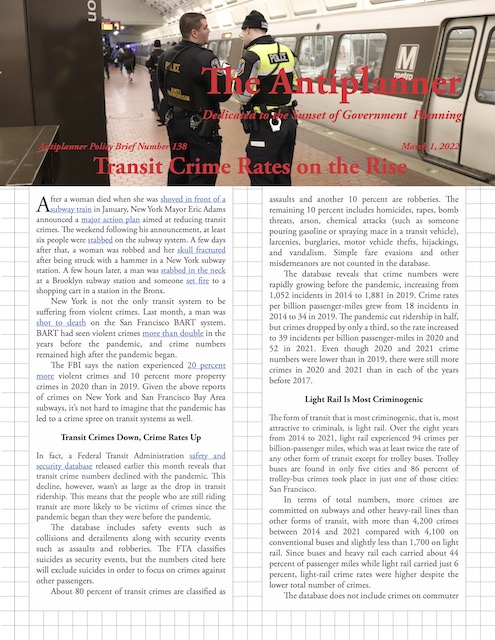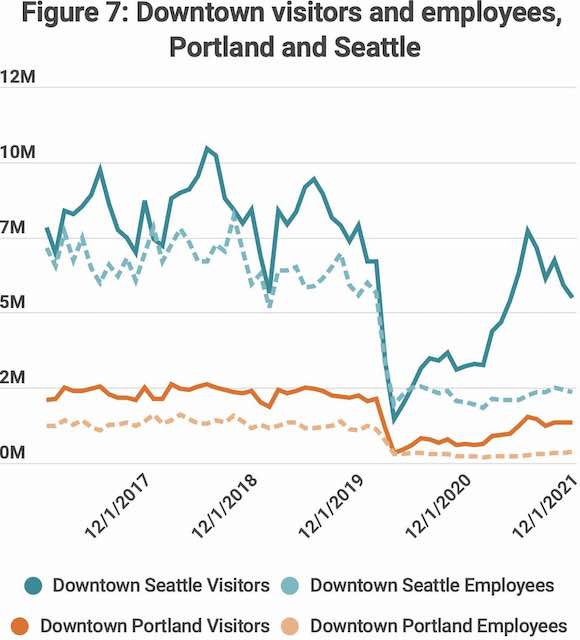As part of the president’s proposed 2023 budget, the Federal Transit Administration plans to give out an unprecedented $4.45 billion on new transit capital projects, sometimes called New Starts and Small Starts. For comparison, in 2022 it gave away less than $2.5 billion. The difference, of course, is due to passage of the infrastructure law, which massively increased federal subsidies to transit.
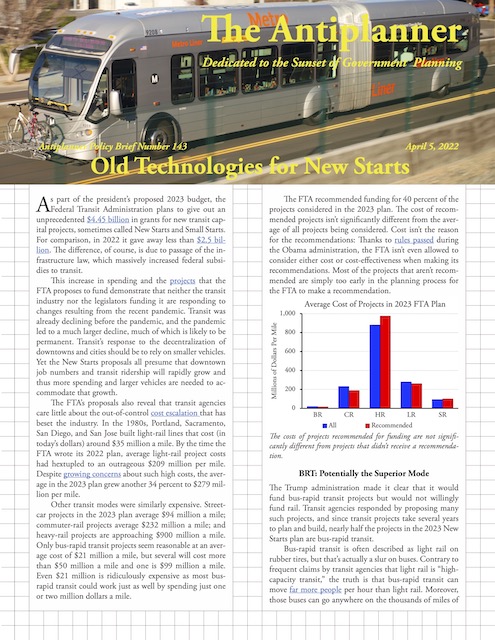 Click image to download a five-page PDF of this policy brief.
Click image to download a five-page PDF of this policy brief.
This increase in spending and the projects that the FTA proposes to fund demonstrate that neither the transit industry nor the legislators funding it are responding to changes resulting from the recent pandemic. Transit was already declining before the pandemic, and the pandemic led to a much larger decline, much of which is likely to be permanent. Transit’s response to the decentralization of downtowns and cities should be to rely on smaller vehicles. Yet the New Starts proposals all presume that downtown job numbers and transit ridership will rapidly grow and thus more spending and larger vehicles are needed to accommodate that growth. Continue reading

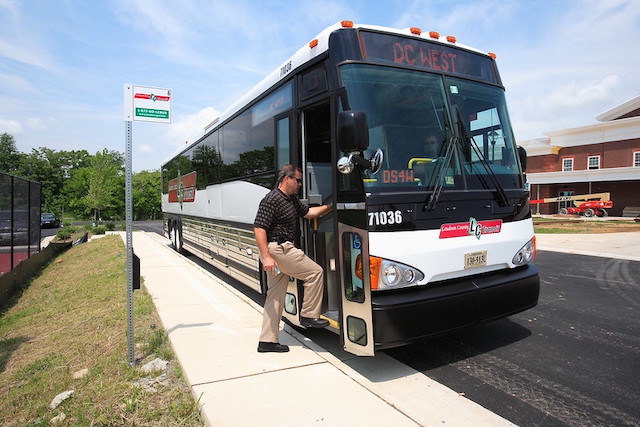
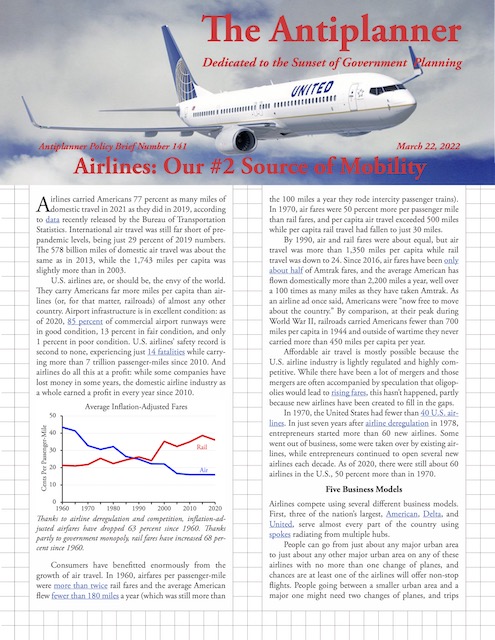
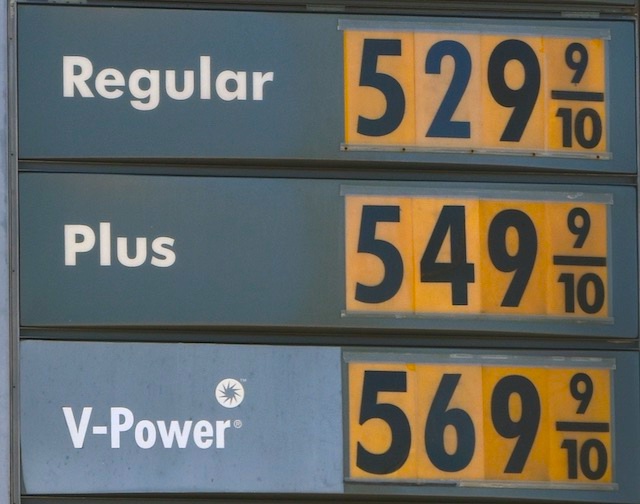

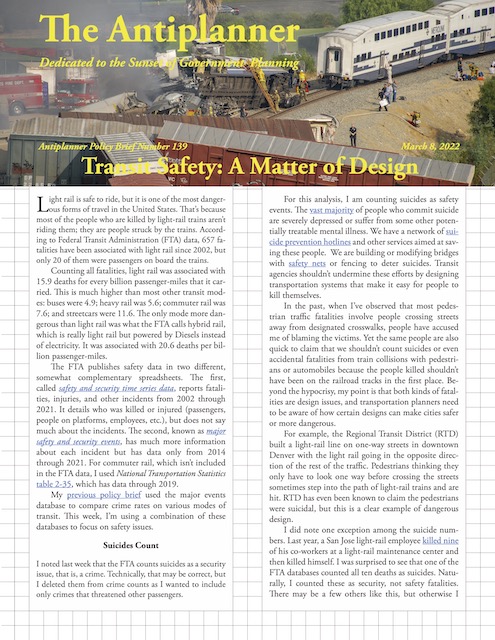
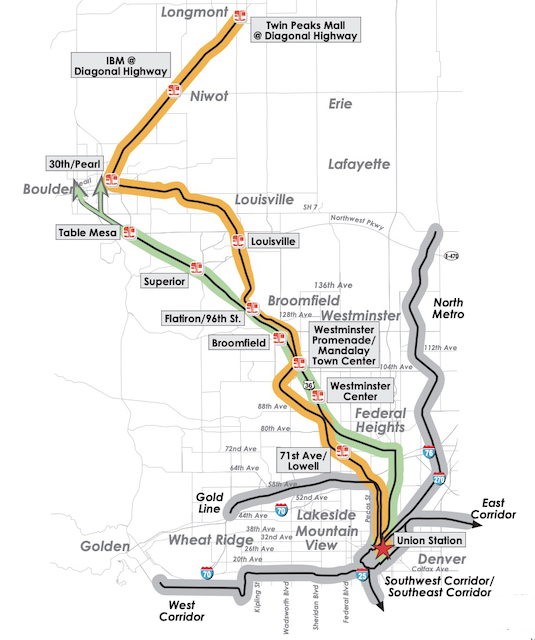 The green line is the existing bus-rapid transit line while the circuitous orange line is the proposed rail route to Longmont. The thick grey lines are other rail transit routes that are nearly all in service today. If Longmont were really a worthwhile destination, the logical thing for RTD to do is extend the bus-rapid transit line to Longmont. But Longmont officials were promised a train and they demand to have a train.
The green line is the existing bus-rapid transit line while the circuitous orange line is the proposed rail route to Longmont. The thick grey lines are other rail transit routes that are nearly all in service today. If Longmont were really a worthwhile destination, the logical thing for RTD to do is extend the bus-rapid transit line to Longmont. But Longmont officials were promised a train and they demand to have a train. 